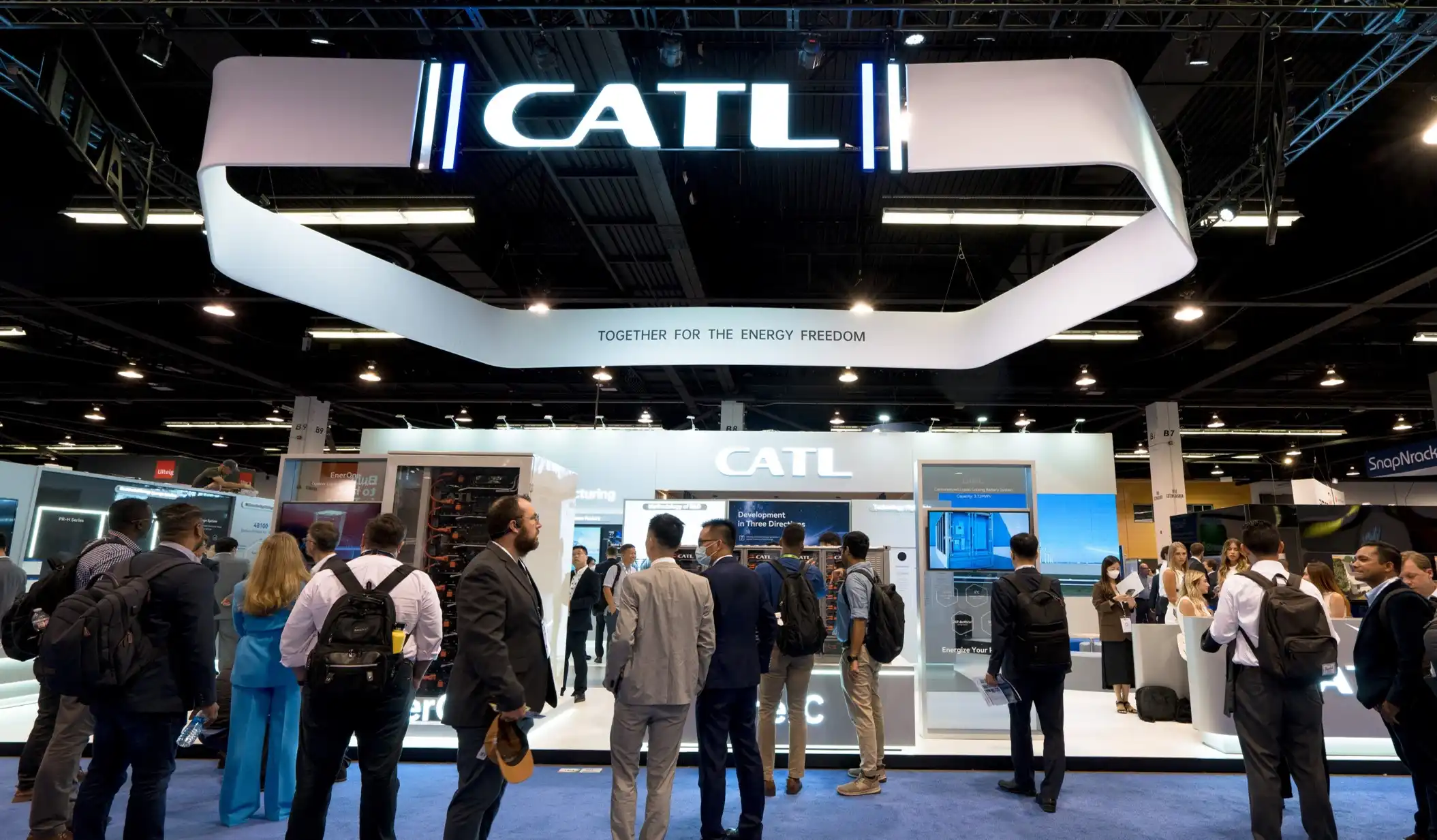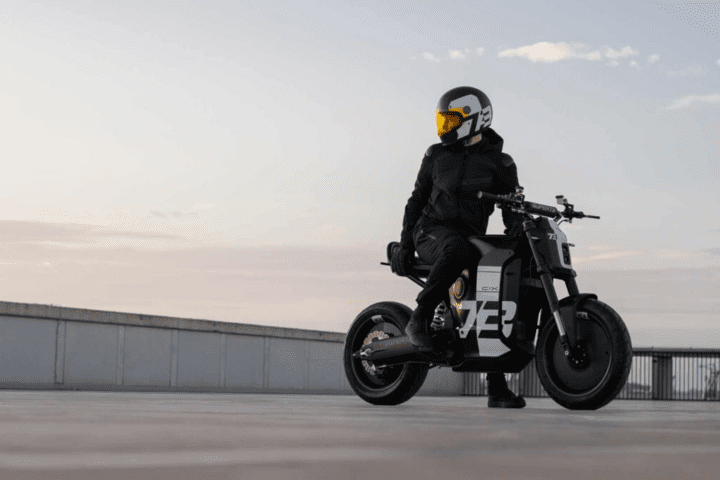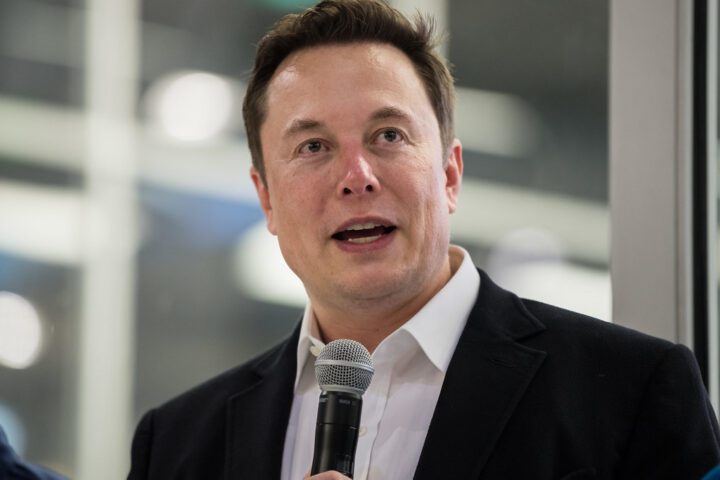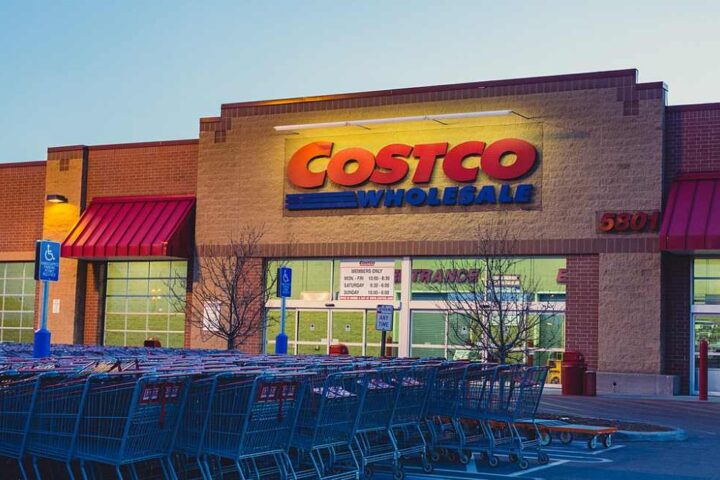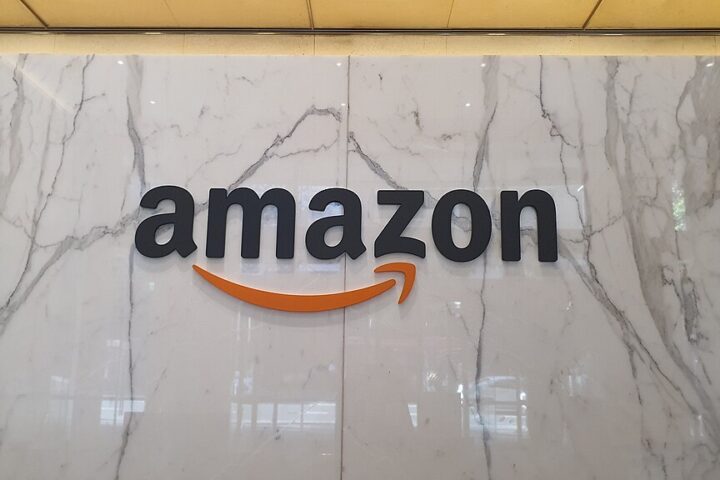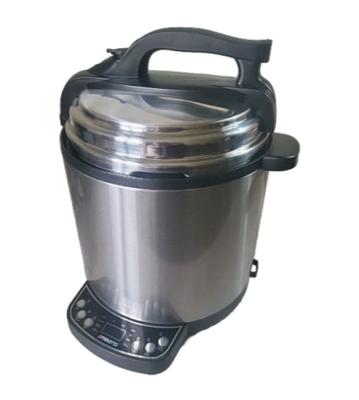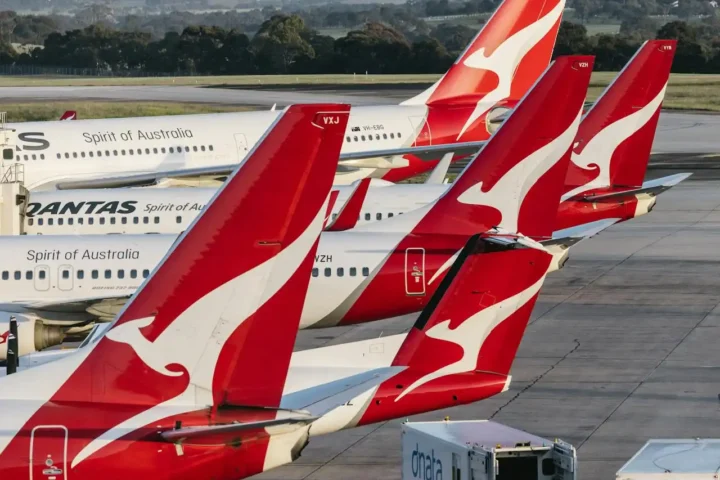Chinese battery titan CATL has launched its secondary listing on the Hong Kong Stock Exchange, targeting up to $5.3 billion in fresh capital. The company is offering 117.9 million shares at a maximum price of HK$263 each, with subscription periods running May 12-15. Trading begins May 20.
CATL’s Hong Kong listing comes at a discount of merely 1.43% to its Shenzhen closing price on Friday, far tighter than typical offshore offerings. Midea Group, for comparison, offered shares at a 20% discount when it raised $4 billion last year.
The share allocation breaks down precisely: 109.1 million shares for institutional investors and 8.8 million for Hong Kong retail investors. Two additional mechanisms provide flexibility – an offer size adjustment option allowing up to 17.7 million additional shares, and a greenshoe option for another 17.7 million shares. If fully exercised, the total raise reaches $5.3 billion.
Hong Kong retail investors demonstrated fierce demand, borrowing HK$17.4 billion from brokerages – approximately 7.5 times their allocated amount. The institutional tranche reportedly covered its order book before public launch.
“CATL offers unique advantages in battery research and development, as well as the potential to become a blue-chip stock,” said Edmond Hui Yik-bun, CEO of Bright Smart Securities.
Twenty-three cornerstone investors committed $2.6 billion worth of shares. Major names include Sinopec, Kuwait Investment Authority, and Hillhouse Investment, alongside Taikang Life and various Chinese local government funds.
Here’s where the money flows: About 90% of the proceeds – approximately HK$27.6 billion – heads directly to CATL’s Hungary factory construction. The company has already invested €700 million in this facility, with the first phase carrying a total price tag of €2.7 billion. Production begins this year, with second-phase construction launching later in 2025.
The Hungary plant will deliver around 100 gigawatt-hours of annual capacity, supplying BMW, Stellantis, and Volkswagen. To put this in perspective, one gigawatt-hour powers roughly 13,000 electric vehicles with a 500-kilometer range.
CATL structured this offering as a “Reg S” deal, effectively barring US onshore investors. This decision stems from the company’s January inclusion on a US Defense Department list of firms allegedly linked to China’s military. CATL denies these claims.
“We have never engaged in any military-related businesses or activities, therefore, such designation by the DoD is a mistake,” the company stated in its prospectus. “It does not restrict us from conducting business with entities other than a small number of U.S. governmental authorities, thus it is expected to have no substantial adverse impact on our business.”
Despite US congressional pressure on JPMorgan and Bank of America to withdraw from the deal, both banks remained as sponsors alongside China International Capital Corporation and China Securities International.
The market position tells the story: CATL controls 38.3% of the global EV battery market through March 2025. BYD follows with 16.7%, while LG Energy Solution holds 10.7%. CATL’s installed capacity reached 246.01 GWh in 2024, up 47.21% from 2023.
Financial performance shows mixed signals. Net income for 2024 hit RMB 50.75 billion, up 15.01% year-over-year. However, revenue declined 9.7% to RMB 362.01 billion due to falling raw material costs and competitive pricing pressure. First-quarter 2025 results looked stronger, with net income jumping 32.9% to RMB 13.96 billion.
CATL’s technology pipeline includes advanced fast-charging batteries and long-range solutions. The company recently announced plans for its second-generation fast-charging battery technology and dual power battery systems.
The company operates 13 battery production bases and 6 R&D centers across 64 countries and regions. Beyond the Germany facility already producing batteries and the Hungary project under construction, CATL announced a joint venture with Stellantis for a Spanish plant worth $4.26 billion.
Similar Posts
“In recent years, the contribution of our revenue generated from products that were directly exported to the US from China was relatively limited,” CATL noted. “However, we cannot predict how tariff policies in various countries may further evolve or anticipate any potential impacts of subsequent developments in such policies on our business.”
The listing timing coincides with renewed US-China trade discussions. Both countries agreed to “substantially lower tariffs” following Geneva talks, though current duties remain – Washington maintains 145% tariffs on Chinese goods while Beijing retaliates with 125% on American products.
For Hong Kong, this listing provides vital market validation. The city’s IPO activity has struggled recently, making CATL’s arrival particularly valuable. If successful, the deal will become Hong Kong’s largest since Kuaishou Technology raised $6.2 billion in January 2021.
CATL shares in Shenzhen gained 3.6% on Monday after the Hong Kong deal launched, hitting a six-week high and outpacing the broader CSI300 index’s 0.9% rise.
The share offer reserves exactly 7.5% for Hong Kong retail investors, with 92.5% allocated internationally. Final pricing announcements come May 19, with trading starting 9 AM Hong Kong time on May 20 in lots of 100 shares.
This IPO reflects broader industry dynamics. Raw material costs have decreased, forcing battery makers to cut prices. Lithium prices, for instance, have fallen from their peaks, creating margin pressure across the sector. CATL’s response includes rapid capacity expansion and technology advancement.
The company’s sustainability efforts include certified carbon-neutral factories and battery recycling through subsidiary Brunp, targeting high recovery rates for lithium, nickel, cobalt, and manganese.
CATL’s exclusion of US onshore investors marks another step in the fragmentation of global capital markets. While offshore US funds can still participate, the move reflects how geopolitical tensions increasingly shape corporate financing strategies.
Whether this gambit succeeds depends on investor appetite for Chinese companies amid ongoing tensions. The strong cornerstone backing and retail demand suggest confidence, but the geopolitical backdrop adds uncertainty to what would otherwise be a straightforward capital raise.
